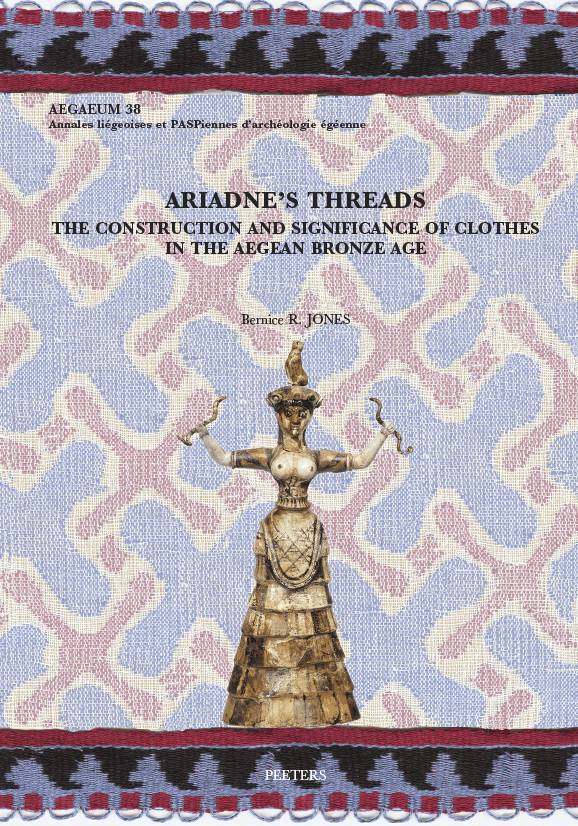This book is the first to deal comprehensively with the construction, significance, and function of the full range of garments of Aegean women and related attire of men from the Neolithic to the end of the Bronze Age. As valuable as precious metals, a significant commodity of trade, luxurious in design and decoration, Minoan dress rivaled that of its Near Eastern and Egyptian neighbors. Yet, Aegean costumes and textiles have been among the least understood of the major artistic achievements of the Minoan civilization.
Since ancient Aegean textiles and garments have not survived, the study collects, analyzes and compiles a typology of the corpus of garments represented in sculpture, frescoes and glyptic to glean evidence for construction. It further considers the manufacturing techniques of extant Egyptian clothes, comparable images of ancient Near Eastern garments, textile manufacture on the warp-weighted loom, and dress documented in Mycenaean Linear B, Greek and Near Eastern texts. The combined evidence is buttressed by experiments in replicating Aegean and related Near Eastern garments as well as the weave structures of patterned cloths and bands. The replicated clothes are arranged on live models who assume the various positions of the clothed figures in the frescoes and sculptures they imitate, thereby bringing the ancient figures to life.
This all inclusive study not only illuminates every aspect of Aegean costume, but the resultant understanding of dress and the way it drapes on the body has led to new restorations of the missing parts of fragmentary garments on figural sculptures and wall paintings.


 English
English
 add to cart
add to cart
